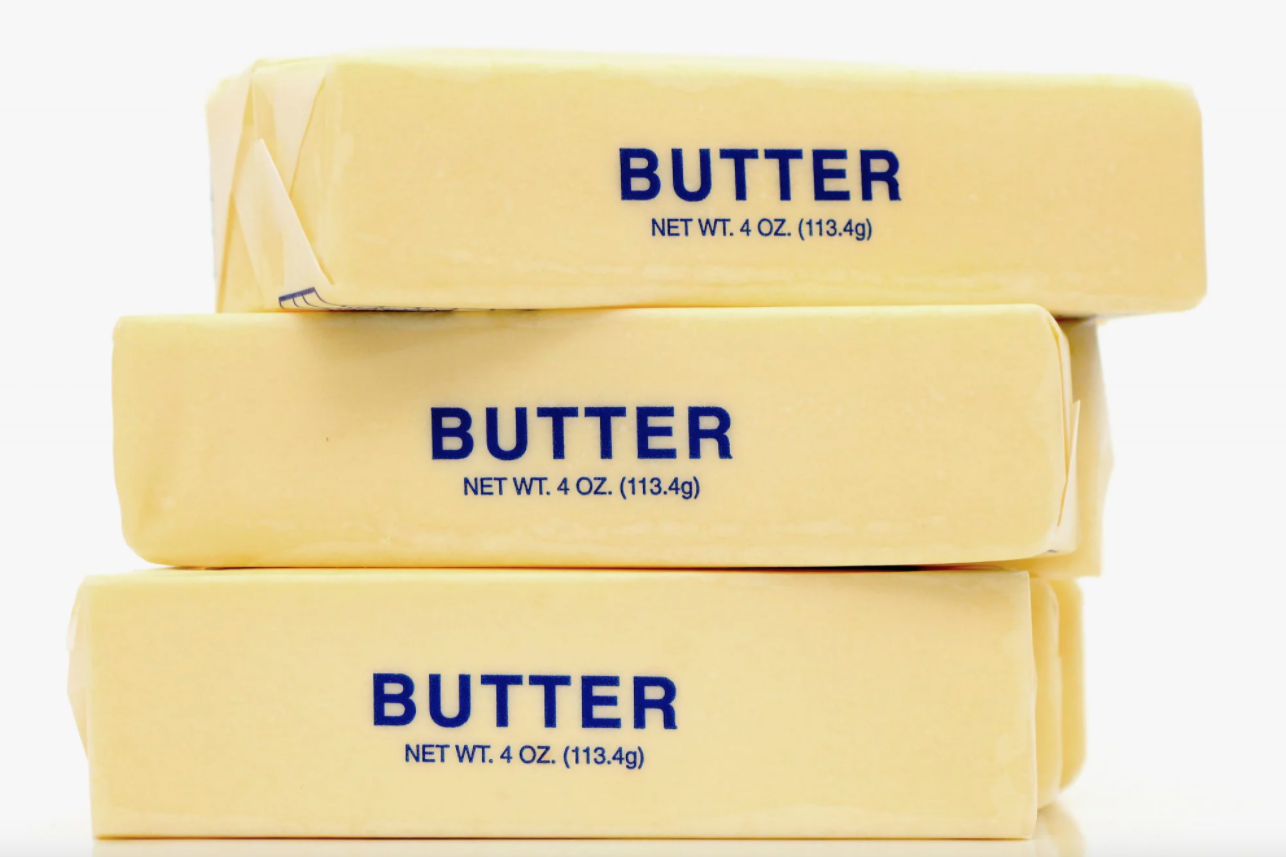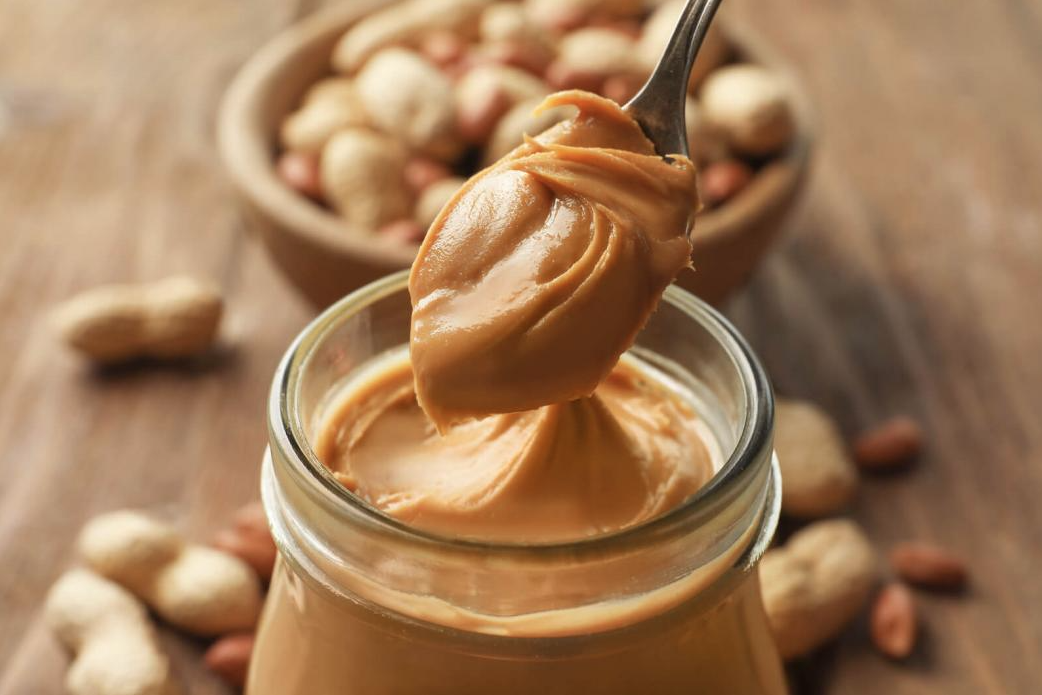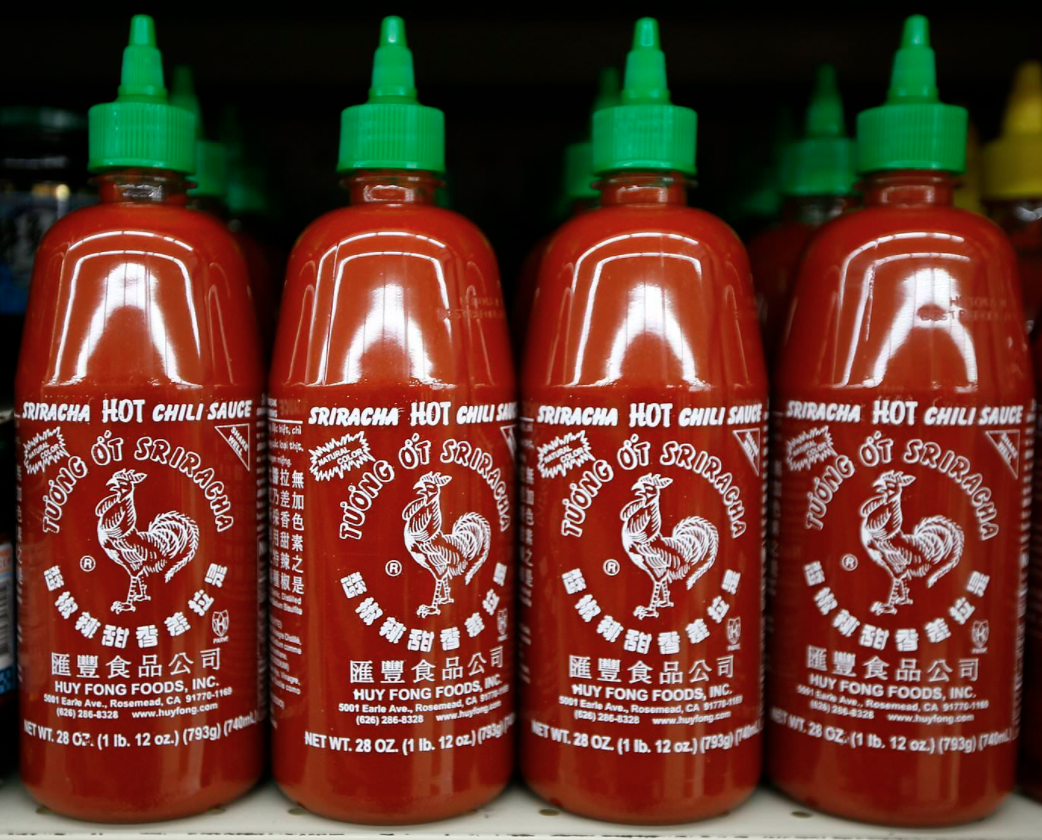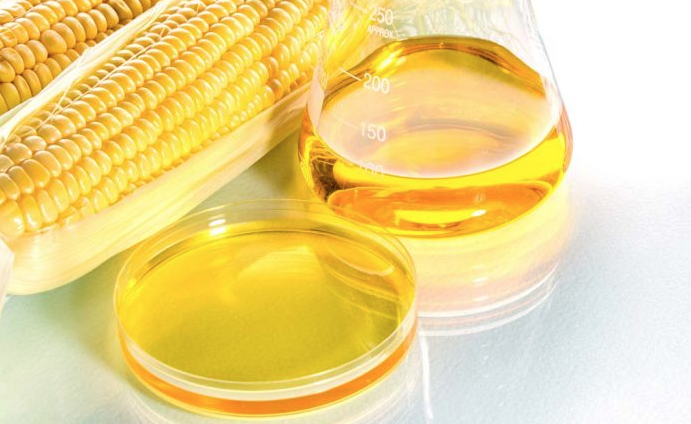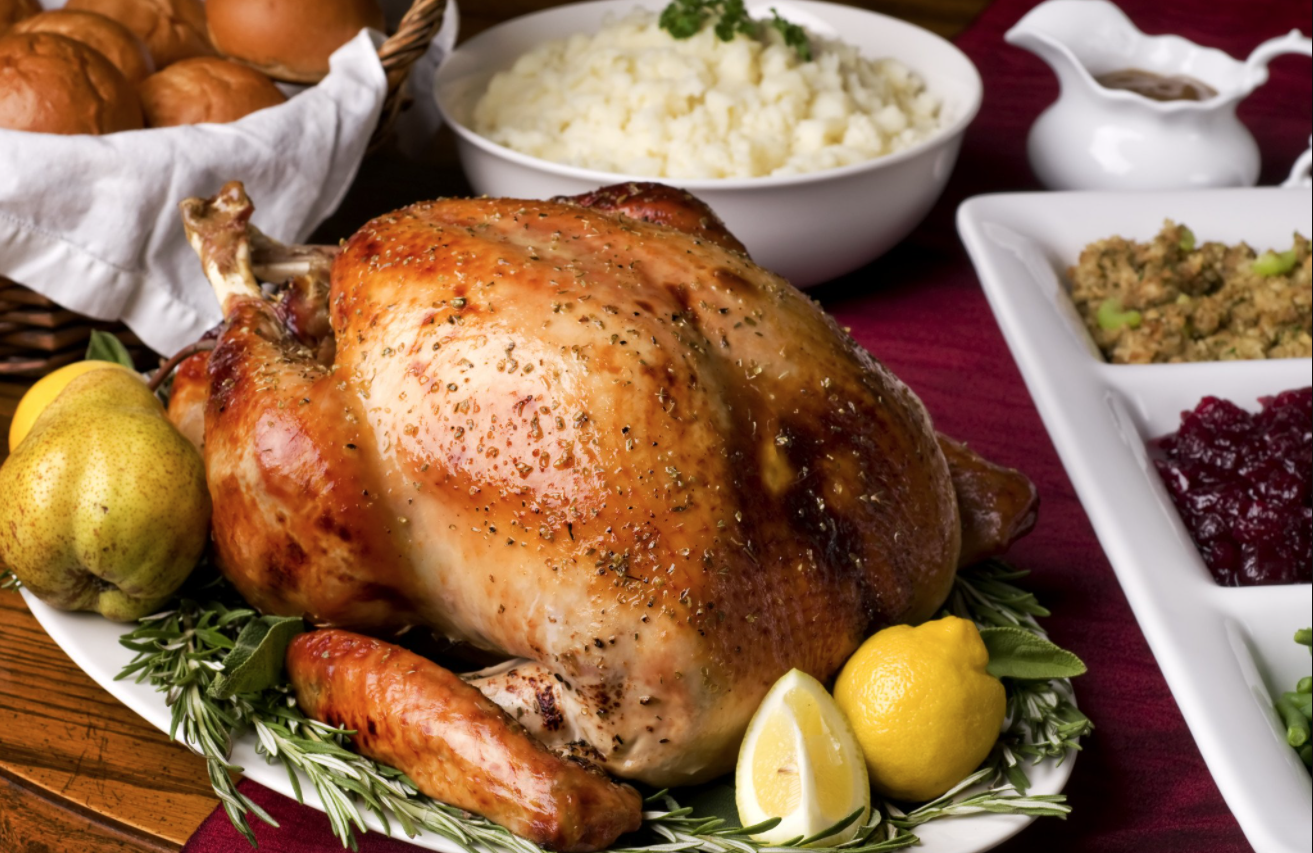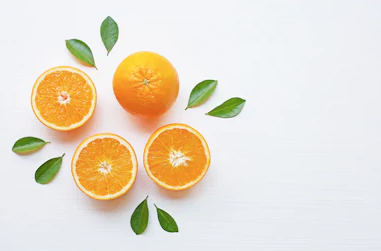The Crave-able, Delicious, Creamy Spread We All Know and Love
By: Heidi Wagenbach
Seeing that I recently published a blog about peanut butter, I was tempted to research jelly as a tribute to the classic, simple match made in heaven that most of us remember packing to eat for lunch as kids. Nonetheless, I also researched for an article about high fructose corn syrup, and surprise, surprise, jellies such as Smucker’s include that artificial sweetener in all flavors. So, I decided to abandon that whole track, wanting to avoid fake sugar, and move onto something else. I began thinking about what you normally pair with PB: honey, bananas, apples, chocolate… chocolate… oh! Nutella! Here we are, and I’m going to give you some insight to this tasty, hazelnut goodness that you may or may not know.
The Evolution
Heading decades back to World War II, cocoa was a delicacy that was hard to get. Ferrero, an Italian chocolate manufacturer, began to experiment with a solution to this issue by mixing hazelnuts, sugar, and just a pinch of the rare cocoa. Come 1946, Ferraro released Giandujot: a sweet paste created from their original recipe. It was shaped as a loaf or bar and sold in a golden package like something from Willy Wonka’s factory. In 1951, Nutella underwent another transformation, becoming SuperCrema, a mixture that was easier and creamier to enjoy. Finally, in 1964, after continuous changes to the recipe, Ferraro officially created Nutella. The year after, the iconic jar was born in Germany, and in 1966, France got a taste of this delicious new invention, praising it as an international success. More than a decade later in 1978, Nutella made its way to Australia where the first plant opened near Sydney.
Influence
In 1996, Ferrero organized an event in Paris to celebrate the “Nutella Generation.” The final result was an art show displaying all the amazing creations made by adults who grew up eating this chocolate mix. In the early 2000s, almost 28,000 people in Germany participated in the “Largest Continental Breakfast Ever,” managing to secure a place in the Guinness Book of World Records. February 5, 2007 was when blogger Sara Russo motivated all Nutella fans to unite and celebrate this beloved breakfast food, thus “World Nutella Day” was born. Nutella’s Facebook page reached 10 million followers in 2011, only to increase to 30 million in 2015. Three years later, it was Nutella’s 50th birthday and over 76,000 stories were shared on nutellastories.com from 10 different countries, Italy joining the party by issuing a commemorative stamp. In 2017, the Nutella café opened in Chicago on May 31st, its first restaurant, where people can meet fellow fans and order from a vast menu of Nutella recipes.
Ingredients and Sustainability
Nutella asks on their website, https://www.nutella.com/us/en/, (where all the information in this blog is provided as well): “why does Nutella taste so good?” Having only 7 simple ingredients, Nutella really does follow the “quality over quantity” philosophy. Sugar, palm oil, hazelnuts, milk, cocoa, lecithin, and vanillin contribute to Nutella’s signature texture and taste. Nutella is a member of Bonsucro, which is a global organization that promotes the production, processing, and distribution of sustainable sugarcane (and other food) sources around the world, which in turn helps care for people and the planet.
Sugar
Nutella aims to buy all refined cane sugar from certified sustainable sources. Their supply comes from mainly Brazil, India, Mexico, and Australia. Nutella purchases sugar in the crystal form and monitors supplier’s sites, then thoroughly evaluates the physical/chemical properties of the sugar granules. Sugar makes up the largest percentage of Nutella, as seen in the photograph below.
 Palm Oil
Palm Oil
Nutella guarantees that the palm oil they use is carefully treated during processing and is safe to eat. The palm oil in Nutella does not come from forests exposed to deforestation. 80% of the oil comes from Malaysia, the rest from Indonesia and Papua New Guinea. Palm oil is extracted from the fruit Elaeis guineensis, that each weigh between 22 – 88 pounds and whose pulp is high in oil content (45 – 65%) The oil in Nutella only comes from freshly-pressed fruit and the company uses controlled temperatures to ensure preservation of natural characteristics found in the raw oil.
Hazelnuts
These nuts undergo 3 steps: checks (when whole hazelnuts arrive at factories, they are raw and shelled, then are tested to meet quality and safety standards), roasting, and pasting. The final step is when the other ingredients are added. The supply comes from Italy, Turkey, and Chile.
Milk
The milk comes from only select and reliable milk producers from long, trusting relationships. Nutella implements more controls than required for high quality milk. After milking, it is brought down to a lower temperature to maintain quality and is tested for its physical/chemical and microbiological elements. The milk is separated from cream to become skim milk, then the pasteurization treatment occurs to remove harmful bacteria. Finally, it is dehydrated to form a powder used in Nutella.
Cocoa
The cocoa is sourced from West Africa and is only purchased during the main crop harvested in October through February. The cocoa is removed from the shell and fermented to allow aromatics to form. Finally, it is dried, shelled, roasted, and ground before being added to make Nutella.
Lecithin and Vanillin
Lecithin is a natural emulsifier that is extracted from soybeans and sunflowers. Nutella gets this ingredient from Brazil, India, and Italy and it helps balance the recipe and give the signature smoothness to Nutella. Vanillin is the cherry on top: heightening and stabilizing Nutella, while giving a unique flavor/scent, confirming that every jar you buy, you’ll get the same, wonderful experience.
Sizes and Nutritional Information
Everyone instantly recognizes the white lid with the red and black logo, but Nutella is available in all different sizes ranging from a whopping 35.3oz jar to a mini 1.05oz (Costco has a nearly 7 pound container for sale!)
Per 100g (approx. 7 Tbsp):
Calories: 539
Fats: 30.9g (includes 10.6g saturated fats)
Carbohydrates: 57.5g (56.3g from sugar)
Protein: 6.3g
Salt: 0.107g
In Conclusion
Nutella is a nostalgic brand that certainly a lot of people know and love. (If you haven’t tried it yet, I’d highly recommend giving it a go!) Definitely a food that is best in small amounts as an occasional treat due to some of the high-fat ingredients, Nutella has endured many changes since its first creation (even transforming into a white chocolate version!). Nutella has made a difference not only in the lives of its fans, but also continues to ensure that the environment is taken care of by limiting ingredients from negative sources. Whether you’re pairing it with peanut butter or whole wheat bread as a morning snack, Nutella is a versatile and delicious goodie that will definitely make your tastebuds happy, no matter your age.
Click here for more blogs!

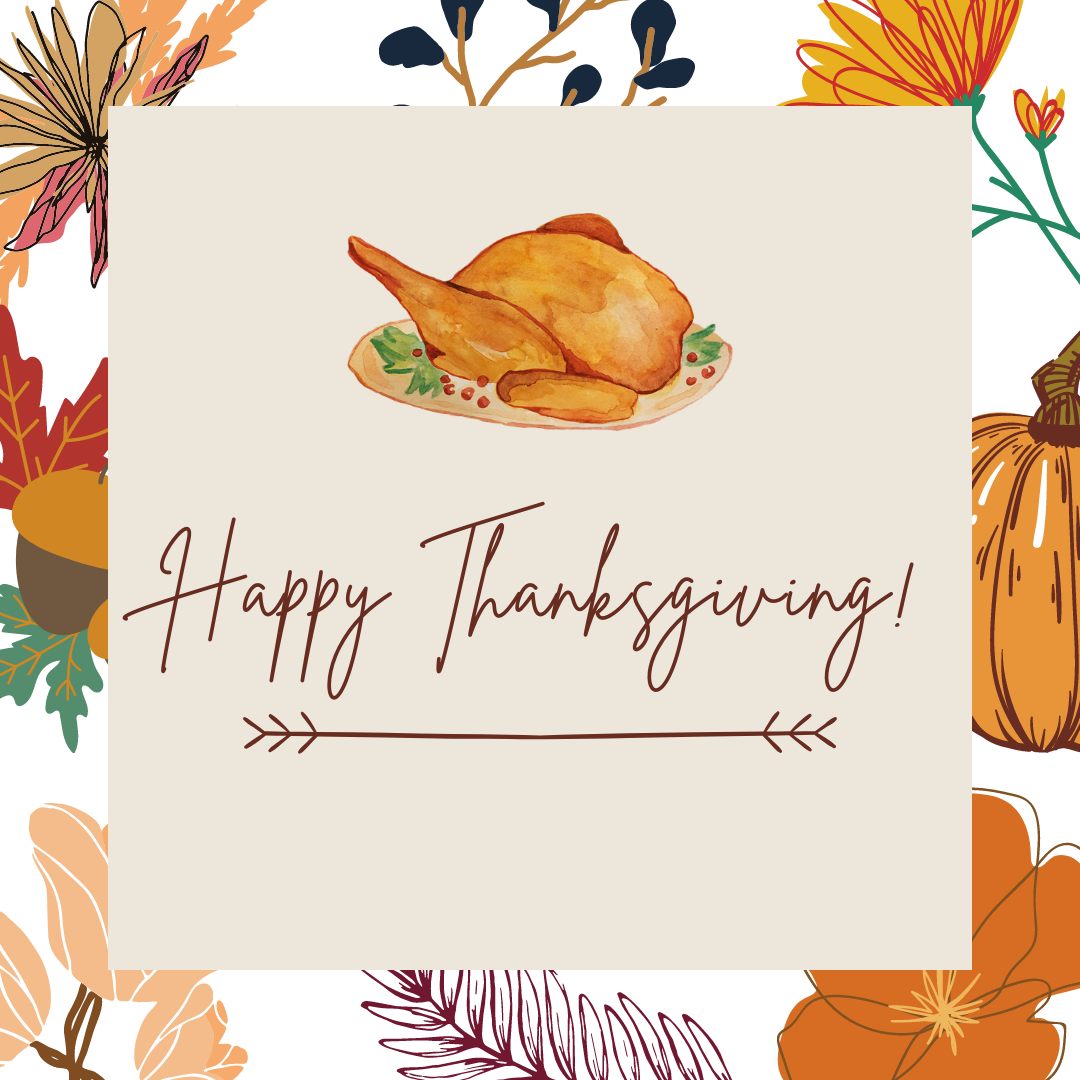
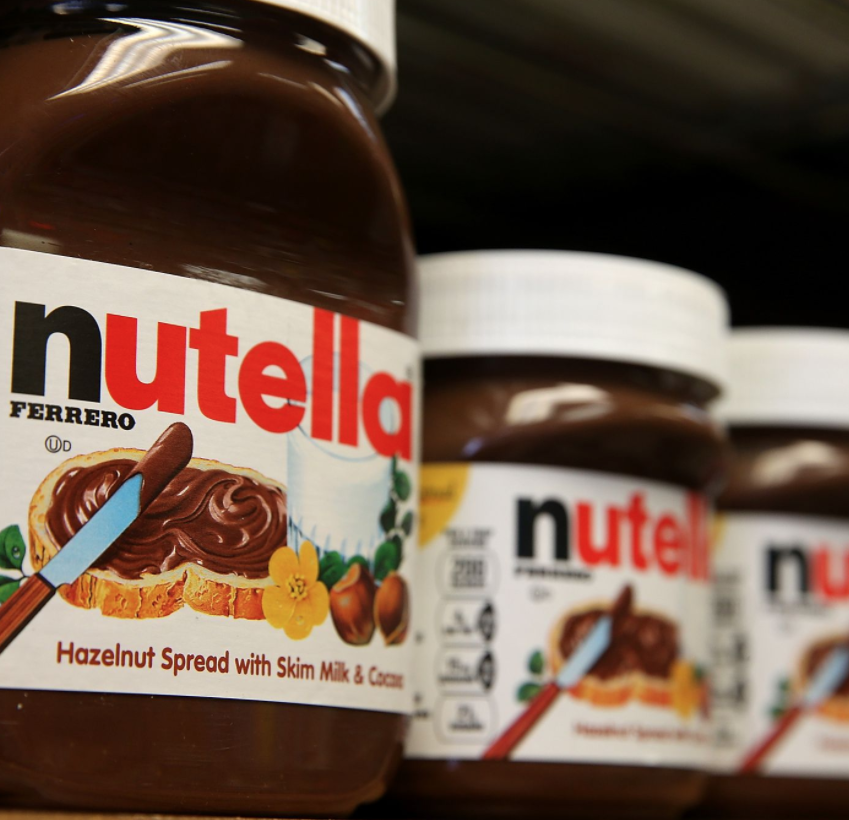
 Palm Oil
Palm Oil